One essential factor that many homeowners consider is longevity. From renovations to appliances, you want materials that can last a long while. The same thought process goes into choosing a type of insulation. One option may have caught your eye! If you're wondering how long mineral wool insulation lasts, let's find out!
The lifespan of mineral wool insulation depends on the person installing it. If it's set in perfect conditions, mineral wool can last for as long as your home stands. Mineral wool has no deterioration or corrosion issues. Additionally, as long as there's no physical damage, it will not decay.
As we can see, mineral wool can last a long while. It almost seems indestructible! Why is that? Are there some considerations to make when installing this type of insulation? If you'd like to learn this and more, keep reading ahead. And once you're done reading this article, make sure to read our mega guide about how long insulation of various types can last - and when to replace your insulation.
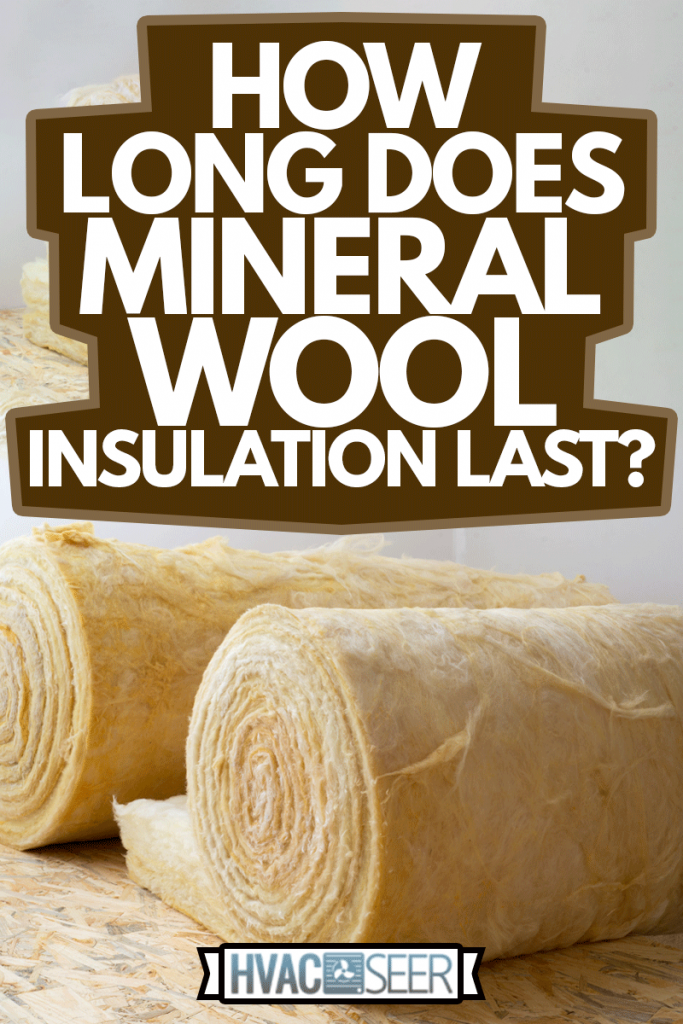
What Is Mineral Wool?
From what you've read above, it might seem impossible to think that mineral wool can last as long as your home stands. How is it that it can last that long? If we want to know why that's the case, we'll have to learn what makes mineral wool.
As you can see in the example above, mineral wool is a fiber-based insulation material. It carries an appearance similar to fiberglass insulation. However, it's thicker and denser than its competitor.

So, what's the material that makes these fibers? There are two types: slag and stone. In some cases, people will refer to mineral wool as slag or stone wool.
What differentiates the two is where the manufacturer gets the material to make the wool. Slag is a term that refers to the waste produced from a blast furnace during metal smelting or refining. So, manufacturers will take the slag and spin it into insulating fibers.
The second type is known as stone or rock wool. Instead of using only slag, stone wool will use molten rock (basalt) and minerals with steel slag. Manufacturers will spin these two materials and then press them into sheets.
A Durable Solution Is Born
The result is an inorganic insulation batt. Physically, it's one of the toughest insulation materials you can choose. In comparison to fiberglass, it doesn't flop as easily. It has a density over three times that of fiberglass. Which also means it's heavier.
If water damage is a concern to you, mineral wool is hydrophobic. As some suggest, manufacturers will add a small amount of oil into the mix during production. This way, it gives mineral wool the ability to repel or fail to mix with water.
Fire resistance is another factor in how long mineral wool can last. If you think the benefits stop at water resistance - no, it offers more! The unfaced variants of mineral wool are noncombustible. It has a higher melting point that allows it to delay the spread of fire.
As experts suggest, it has a melting point of 2372 degrees Fahrenheit. Thus, making it a highly fire-resistant material.
Can It Be Damaged?
To sum it up, it has many beneficial qualities that make it highly durable. It still leaves us to question if it ever gets damaged. Yes, some of the fibers can become loose and airborne. Additionally, it can also get wet. However, it will not absorb the water into the body of insulation.
Instead, water that contacts the outer surface will drain. If it gets wet, you must let it dry thoroughly before using it again. In terms of performance, it should retain its insulating qualities once dry.
However, these are claims from mineral wool suppliers. In general, they should retain the same performance. But, the user experience may vary. In some cases, mineral wool did not retain its insulation qualities. So, forum users suggest re-insulation if that's the case.
Do You Need a Vapor Barrier With Mineral Wool Insulation?
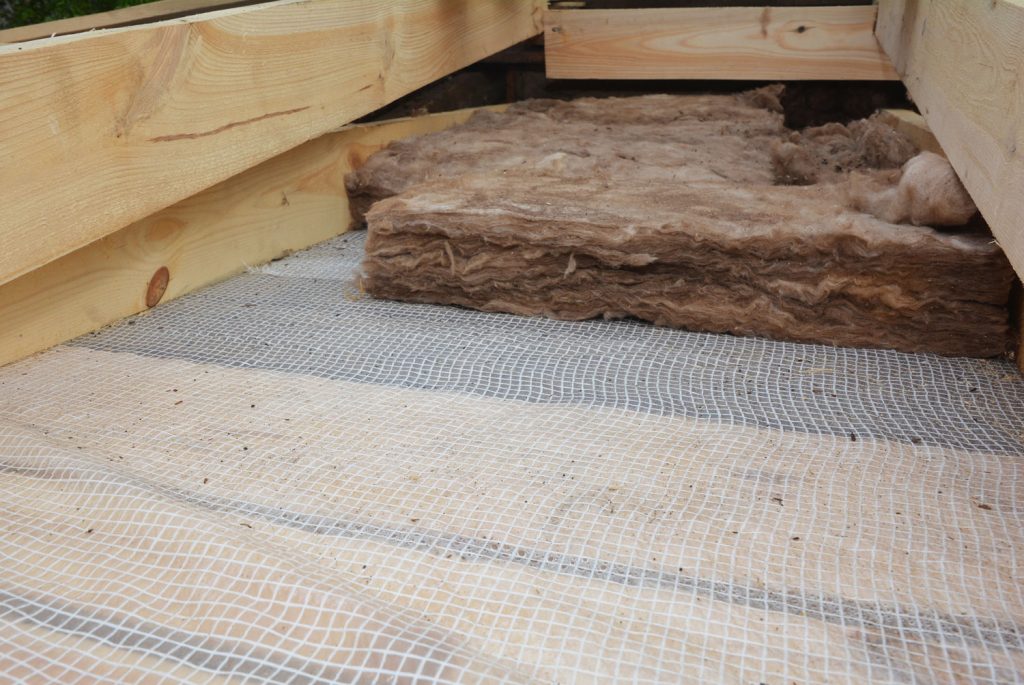
Now we know all the qualities that mineral wool has to offer. Mineral wool has water-resistant properties that allow it to operate without much protection. Still, in some cases, it can get wet.
That leaves us with the concern of vapor barriers. They're an important component in building construction. It helps prevent water vapor from reaching areas where it can condense and promote rot or mold growth. Does mineral wool insulation need it?
That depends on who you ask. Mineral wool has a hydrophobic coating that allows it to be water-resistant. In theory, mineral wool itself can act as a vapor barrier. So, as some would suggest, you wouldn't need an additional vapor barrier for protection.
In practice, many would suggest getting a vapor barrier if you don't live in a warm climate. It will depend on your climate zone. Zones 1-4 will not require any vapor barrier. However, if you live in zone 4 (marine), you will need a class III vapor barrier. That is regardless of the insulation type.
Zones 5-7 will also need a class II or III vapor barrier. It will be necessary on the interior surface of insulation in insulated wall and floor assemblies.
Is Mineral Wool Insulation Mold-Resistant?
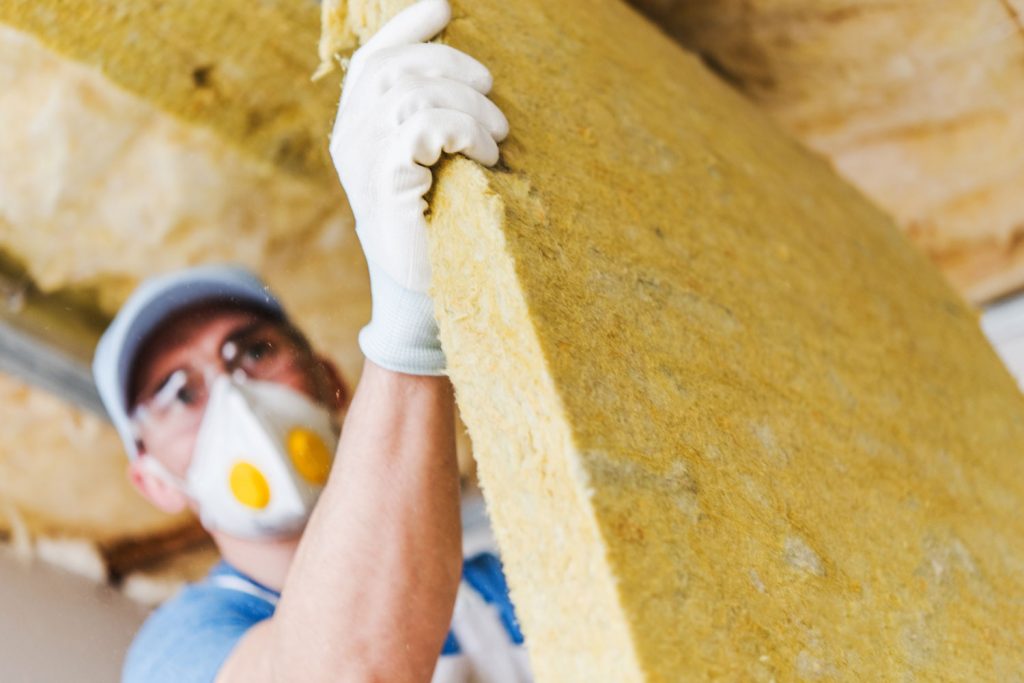
While mineral wool does have water-resistant properties, there's still a chance that it can become inundated with water. Therefore, you must act quickly to dry the material. However, if you've been attentive this far, you might have noticed that we've mentioned mineral wool is an inorganic insulation batt.
So, it might be safe to assume that mold shouldn't grow on mineral wool. Mold needs water, oxygen, and organic food to prosper. Mineral wool is made of basalt and steel slag - both are inorganic materials. In theory, it should be able to resist mold growth.
One mineral wool manufacturer even claims mineral wool can pass a standardized test with no signs of fungal growth. Regardless, if the mineral wool does happen to get wet, it's still advisable to act quickly. While mineral wool is mold-resistant, the surrounding area might promote mold growth.
What Is the R-Value of Mineral Wool Insulation?
There's so much to like about mineral wool insulation. It must have a downside somewhere. Let's address the important detail: R-value. They give an R-value of 15 in batts offered for 2x4 stud walls. Per inch of thickness, mineral wool offers an R-value of 3.7-4.2.
Cellulose
How does that compare to the other options? A 2x4 cavity filled with cellulose has an R-value of 13. Per square inch, cellulose offers an R-value of 3.2-3.8.
You can also read here about how long cellulose insulation can last
Fiberglass
Fiberglass has three choices of installation. There's blown-in, rolls, and batts.
Blown-in offers an R-value of 2.2-2.7 per square inch. Batts and rolls have an R-value of 4.3 per inch.
Read here how long fiberglass insulation can last
Spray Foam
Lastly, the other choice of insulation is spray foam. It's considered one of the best insulators you can install. The R-value for spray foam ranges from 4.0-6.5 per inch.
Summing It Up
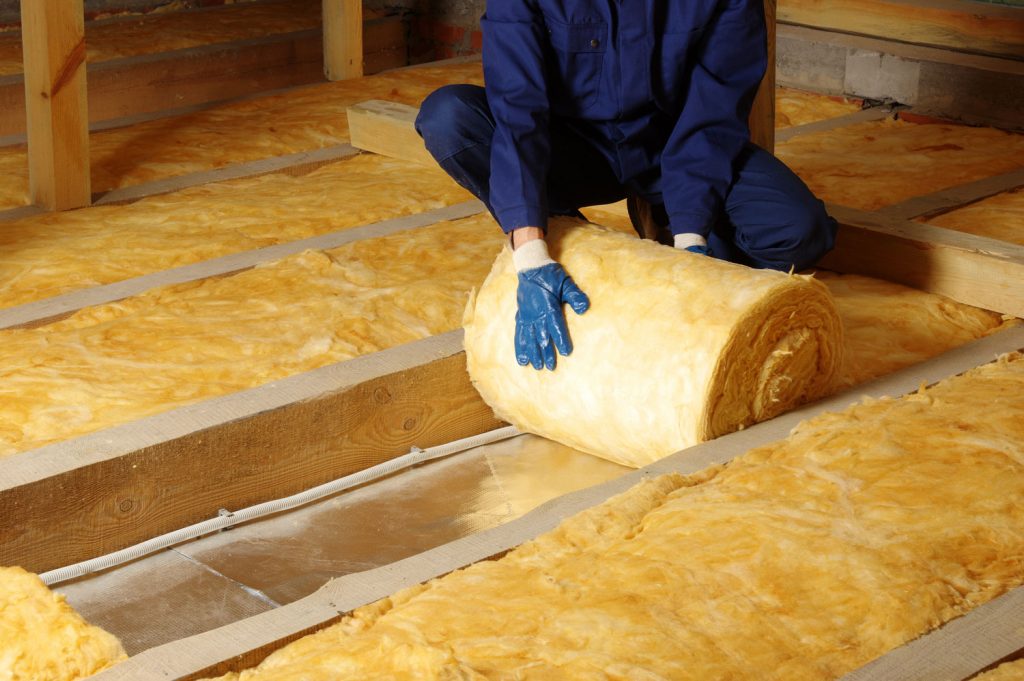
As you can see, mineral wool doesn't seem to lack in any department. It has fire and water-resistant qualities. Additionally, it lasts decades if installed correctly. Meaning, there's no physical damage to the batt during installation.
In terms of R-value, it reaches a similar performance to XPS foam. XPS foam holds an R-value of 5 per inch. Mineral wool comes in close with an R-value of 4.6. It might not seem like a big difference. But, it's a question of budget.
Spray foam insulation will cost you more to install than mineral wool. Mineral wool also doesn't degrade over time. It retains its performance as long as there's no physical damage to it.
Does that mean mineral wool is the better option than spray foam and other insulation types? Not necessarily. Some will offer better performance - while others might cost cheaper than mineral wool.
You have to weigh your options. Regardless, mineral wool is one home insulation possibility for the performance it can give you.
Where Is Mineral Wool Insulation Used?
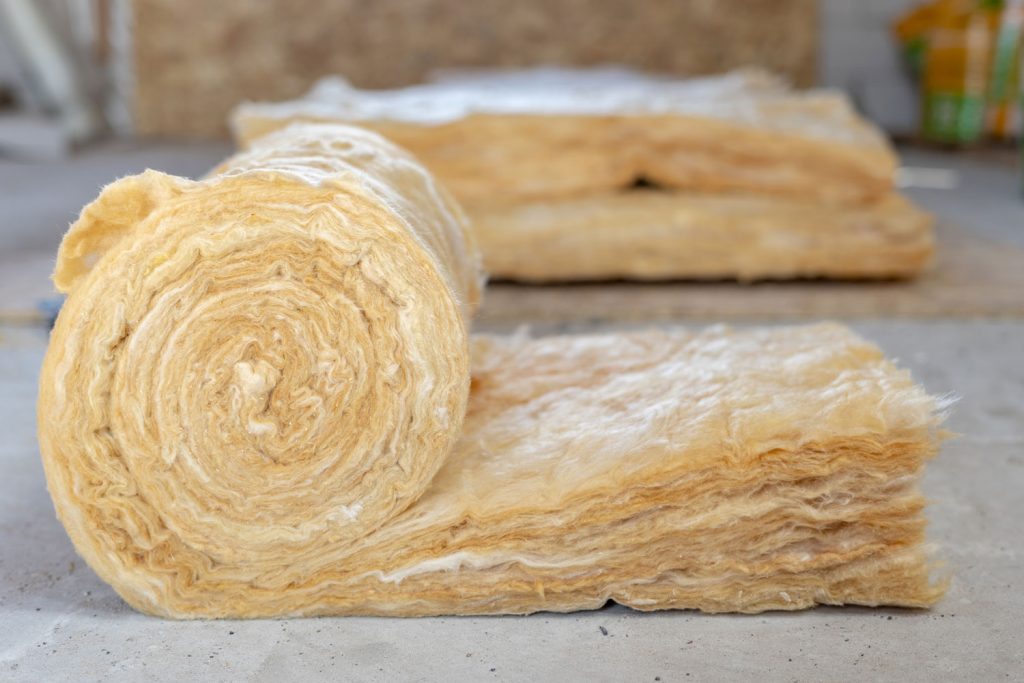
With the many qualities it holds, you might get the itch to use mineral wool insulation in every part of your home. However, does it make sense to do so? Where is mineral wool typically used?
You can use mineral wool for all home insulation applications. You can use it to insulate walls during timber frame construction. Cavity walls and exterior walls are other areas you can install mineral wool.
Roofs, attics, ceilings, and floors are also included in the list of potential areas you might want to install mineral wool in.
Final Takeaway

When looking for home insulation, there are many options to consider. One aspect that carries significance is how long it can last. As we learned now, mineral wool can last for your home's entire lifespan. The many qualities it has will allow it to last that long. We hope you found the information above helpful.
Before you go, you might have other questions regarding insulating a home. You might want to explore your options before going with mineral wool insulation. If you're curious to learn the differences in your options, check out our post, "How Much Does It Cost To Insulate A 2,300 Square Foot Home?"
